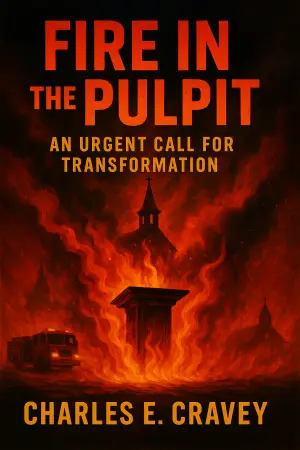Exploring New Realms: A Review of Spatialities of Speculative Fiction
As an avid reader of speculative fiction, I’m always on the lookout for works that delve deeper into the geographical and philosophical landscapes of imagined worlds. When I stumbled upon Spatialities of Speculative Fiction: Re-Mapping Possibilities, Philosophies, and Territorialities by David A. Green, I felt an irresistible pull. This book promised not just to dissect the genre, but to unveil how it shapes our understanding of space and place—concepts I’ve pondered throughout my literary journey.
From the very first pages, Green transports us to a realm where maps and narratives intertwine, highlighting how science fiction, fantasy, and horror collaborate to create complex spatialities. The book serves as both an academic exploration and a creative spark for writers, enabling readers to contemplate how these genres reflect our reality—especially in the epoch of the Anthropocene. While the thematic richness of speculative fiction is well-trodden ground, Green’s approach is uniquely refreshing, focusing on the literal and figurative mappings that alter our perceptions of space over time.
The best parts of the book revolve around its innovative conceptual toolkit—referred to as the "ten duties of speculative fiction." Each "duty" prompts us to reconsider not just the stories being told but the very frameworks within which those stories exist. If I had to highlight one striking idea, it’s the way Green illustrates how these narratives can act as counter-mappings, challenging conventional views of geography and inviting us to envision alternative futures.
The writing style is accessible yet intellectually stimulating. Green’s prose flows smoothly, inviting both seasoned scholars and curious newcomers to engage with complex ideas without feeling overwhelmed. There are moments when his enthusiasm leaps off the page—particularly when discussing noteworthy novels that have reshaped genre conventions. One standout quote that resonated with me was his assertion that “speculative fiction is not just about what could happen; it’s also about where and how these possibilities can unfold.” This encapsulation of speculative fiction’s mission adds a layer of urgency to the reading experience, compelling us to reflect not only on the narratives but also on our reality.
What I found particularly captivating was the book’s balance of critical examination and practical guidance for writers. Green encourages creators to think of spatiality as a fundamental element in storytelling, igniting a spark of inspiration that left me itching to return to my own writing projects.
As for who might enjoy this book? I believe it will resonate deeply with academics and practitioners alike, as well as enthusiastic fans of the speculative genres. Whether you’re looking to enhance your understanding of geographical narratives or hoping to craft your own fantastic worlds, Spatialities of Speculative Fiction offers both insights and inspirations.
In closing, Green’s work has left an indelible mark on my perspective of speculative fiction. It’s a treasure trove for those eager to venture beyond the page, exploring how the spaces we imagine can profoundly influence the world we inhabit. So, if you’re ready to remap your understanding of the genre, I wholeheartedly recommend diving into this exploration of spatialities—your imagination will thank you.






